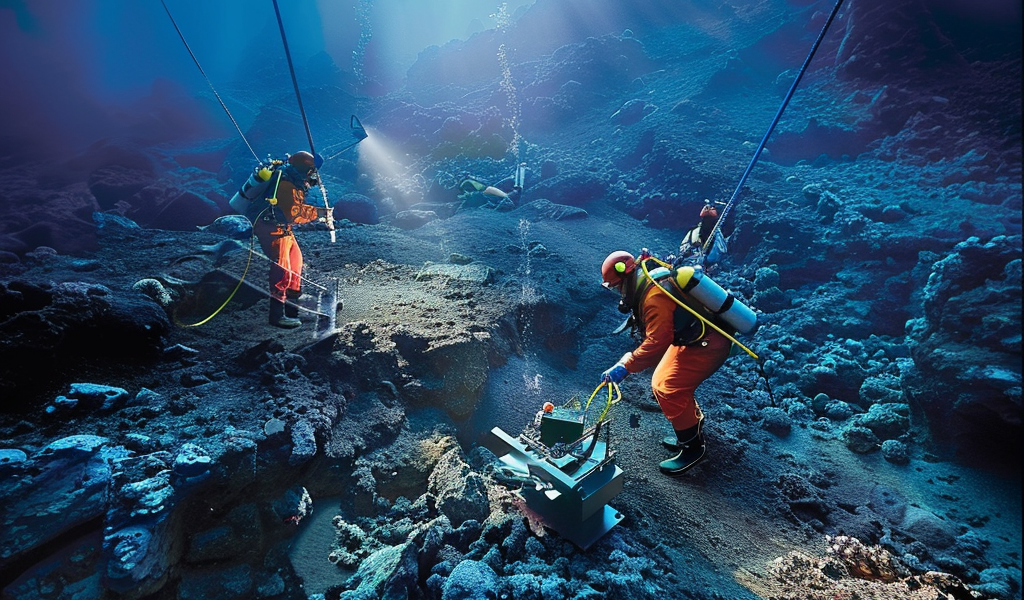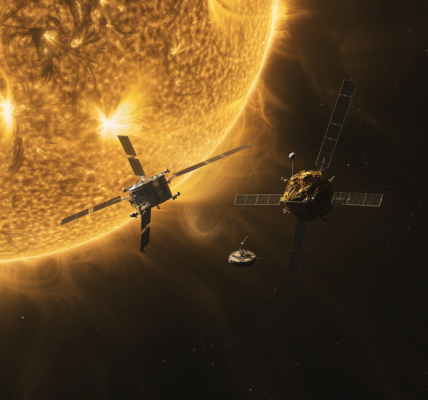The largest volcanic eruption in recorded history occurred 7300 years ago off the southern coast of Japan, as a team of researchers has recently discovered. The Kikai-Akahoya eruption, originating from a submerged caldera near the Japanese island of Kyushu, ejected an astonishing amount of material, estimated at around 70 cubic kilometers, significantly surpassing the eruption of Mount Tambora in 1815.
The catastrophic consequences of this ancient eruption on human populations inhabiting nearby islands have been extensively documented by geologists and archaeologists. However, due to the challenges associated with accessing the undersea caldera and volcanic deposits on the seabed, the precise size and origins of the eruption had remained uncertain.
Now, Nobukazu Seama and his team from Kobe University in Japan have conducted a seismic survey to map the underwater region around the caldera, situated approximately 200 meters below the surface. Their findings have revealed that the Kikai-Akahoya eruption released over 300 cubic kilometers of material, equivalent to twice the volume of water in Lake Tahoe, a substantial increase from previous estimates.
While this eruption is a significant event in the Earth’s history, it pales in comparison to the colossal eruption of the Toba supervolcano in Indonesia approximately 74,000 years ago, which expelled more than 2500 cubic kilometers of magma. The researchers’ efforts have provided valuable insights into the magnitude of the Kikai-Akahoya eruption, shedding light on its profound impact on the surrounding environment and human populations.





